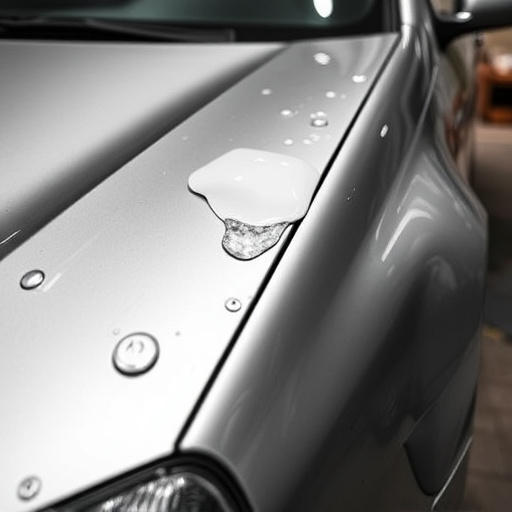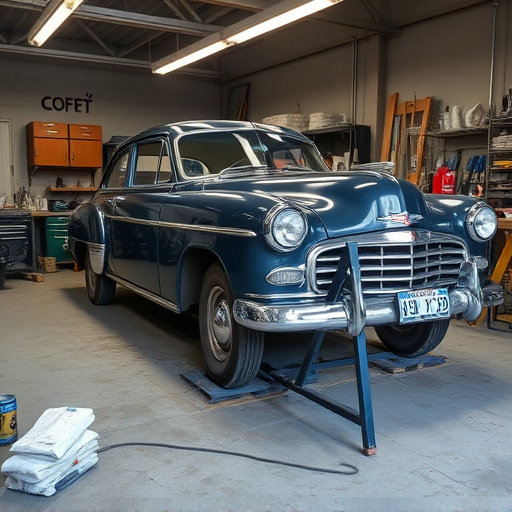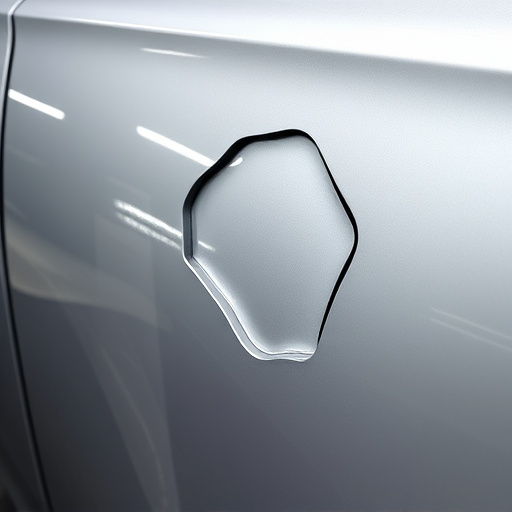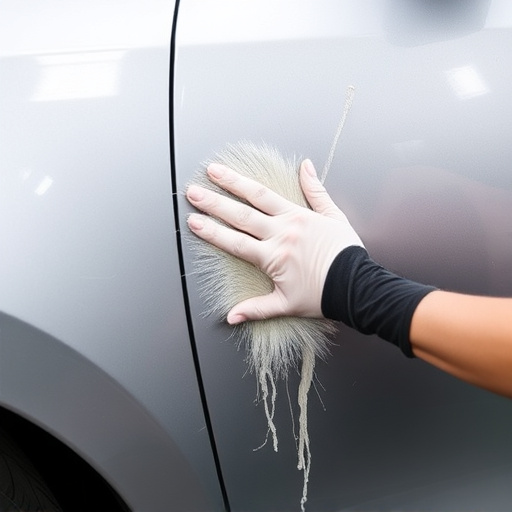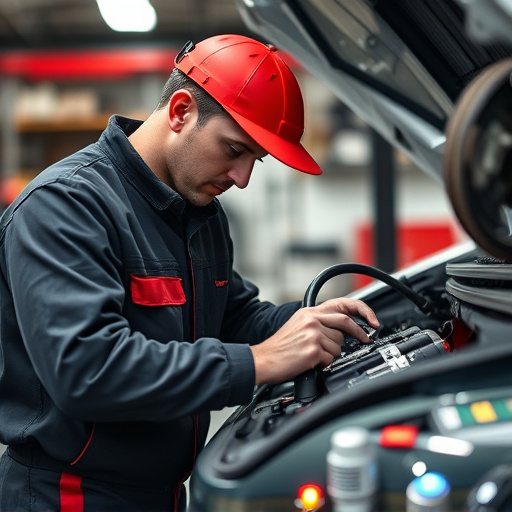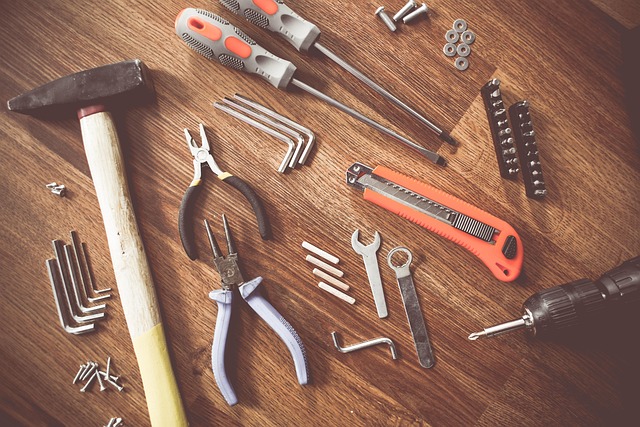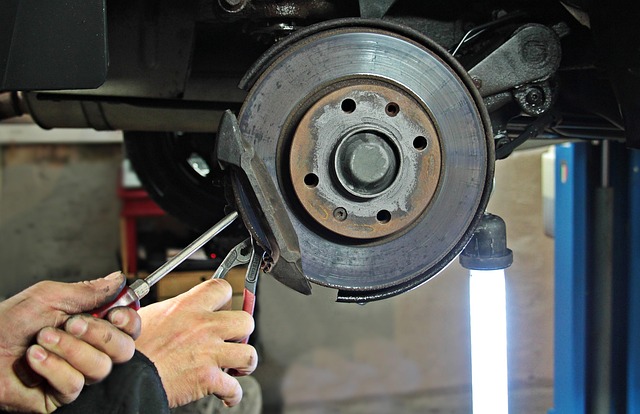Tempered glass, through a specialized manufacturing process involving heating and rapid cooling, offers superior durability and safety compared to regular glass, breaking into small harmless pieces upon damage. Its applications span from skyscrapers to cars, with crucial installation steps including curing, quality checks, and precise measuring/cutting. Safety measures during installation are paramount, ensuring structural integrity in processes like Mercedes-Benz collision repair and paintless dent repair.
“Unleash the power of safe and effective tempered glass installation with our comprehensive guide. Tempered glass, known for its strength and safety features, requires meticulous curing to unlock its full potential. This article delves into the fundamentals, offering a step-by-step exploration of the curing process. From understanding the unique properties of tempered glass to mastering best practices and safety tips, we equip you with crucial insights for seamless installation. Ensure structural integrity and superior performance with these essential guidelines.”
- Tempered Glass: Understanding the Material
- Curing Process: A Step-by-Step Guide
- Installation Best Practices and Safety Tips
Tempered Glass: Understanding the Material
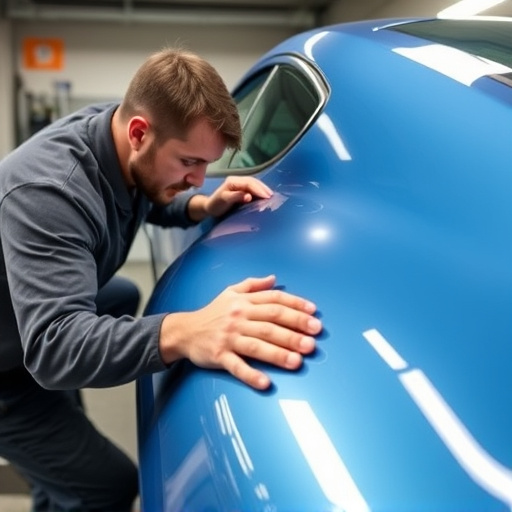
Tempered glass, a highly durable and safe material, has become an integral part of modern construction and automotive design. Its unique properties make it a preferred choice for various applications, from windows in skyscrapers to windshields in vehicles. This advanced glass type undergoes a specialized heating and cooling process during its manufacturing, which significantly alters its behavior when broken compared to regular glass. In the context of tempered glass installation, understanding this material’s characteristics is paramount to ensuring structural integrity and safety.
The tempering process involves heating the glass to a specific temperature, then rapidly cooling it. This rapid transition creates internal stresses within the glass, making it stronger and more resistant to shattering. When tempered glass breaks, it does so in a controlled manner, into small, relatively harmless pieces, as opposed to sharp, jagged fragments commonly associated with regular glass. In automotive repair services, for instance, this property is invaluable, as it enhances passenger safety in the event of an accident. The same principles apply to vehicle bodywork, where tempered glass can be integrated to provide enhanced structural support and impact resistance.
Curing Process: A Step-by-Step Guide
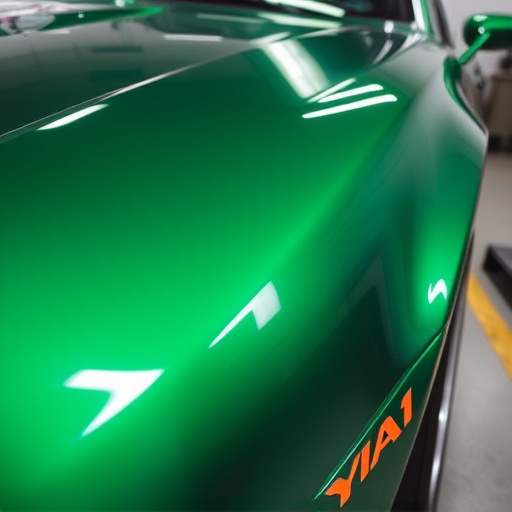
The curing process is a critical step in tempered glass installation, ensuring the strength and safety of the final product. It involves several stages to allow the glass to reach its maximum structural integrity. Firstly, after tempering, the glass is carefully removed from the heating chamber and quickly quenched with water to stop the tempering process. This sudden cooling prevents the glass from returning to its original state, maintaining its durability.
Next, the tempered glass goes through a series of steps to ensure consistent quality. It is inspected for any defects or imperfections that may have occurred during production. Following this, the glass undergoes a controlled drying process to eliminate any residual moisture, which could cause warping or distortion. In the context of vehicle repair and Mercedes-Benz collision repair, understanding this curing process is vital, as it directly impacts the structural integrity of replacement tempered glass, ensuring safe and reliable results in frame straightening procedures.
Installation Best Practices and Safety Tips

When it comes to tempered glass installation, best practices involve ensuring precise measuring and cutting for a perfect fit. Proper alignment is key to preventing future issues and ensuring the structural integrity of the glass. Using high-quality equipment and following manufacturer guidelines for curing times and temperatures is essential. For instance, allowing tempered glass to cool gradually after installation, without sudden temperature changes, prevents stress cracks from forming.
Safety is paramount during auto glass replacement or any project involving tempered glass. Wear protective gear, including safety goggles and gloves, to shield against potential debris and sharp edges. In the context of paintless dent repair, which often involves working closely with auto glass, adhering to these best practices ensures not only the effectiveness of the repair but also the longevity and safety of the tempered glass. Remember that proper preparation, including cleaning and degreasing surfaces before installation, further reduces the risk of damage or defects.
Properly cured tempered glass is a vital component in ensuring the safety and durability of any structure or application. By understanding the unique properties of tempered glass and adhering to the step-by-step curing process outlined in this guide, you can achieve optimal results for your tempered glass installations. Always prioritize safety when handling glass, and consider best practices to ensure a seamless and secure final product. Remember, expert knowledge and attention to detail are key to successful tempered glass projects.


